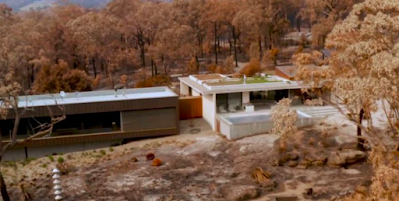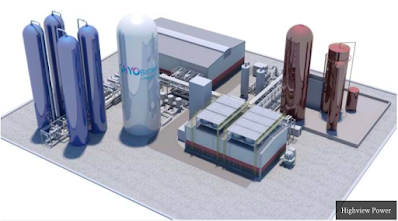 |
| Source: RenewEconomy |
Recently Japan released its plan for reaching net zero carbon emissions by 2050. The government is to give tax incentives and other support for investment in green technologies and predicts that this will boost its economy. The plan is to include at least these developments:
- To have all new cars to be electric, plug-in hybrid or hydrogen fuel cell driven by 2035 with a ban on the sale of fossil fuel driven cars.
- To research into reducing the cost of batteries.
- To increase offshore wind power to 45 gigawatts by 2040.
- To bring renewable power to 60% by 2050.
- To be less reliant on nuclear power and have it more stable.
- To have thermal power plants with carbon capture technology related to carbon cycling and not storage underground. That is by using captured CO2 to produce synthetic fibres or to fortify concrete.
- To have nuclear and thermal power at a reduced 30-40% of the nation's electricity demand.
- To have all new buildings and houses built with zero emissions technology by 2030.
- To use green hydrogen and ammonia as fuels for gas turbine power generators and for fuel cells to power heavy vehicles and all sea-going vessels by 2050. (Japan has already launched its first hydrogen-carrying ship which is importing hydrogen from Australia.)
References:
- Japan sees electric cars, offshore wind as keys to net zero economy. CleanTechnica, December 26, 2020.
- Japan's plan to go carbon-neutral by 2050. The Globe and Mail, December ~28, 2020.
- Japan unveils green growth plan for 2050 carbon neutral goal. YahooNews!, December 25, 2020.
- Mitsubishi Group project on CO2 injection into concrete approved for grant by NEDO. GlobalCement, August 5, 2020.
- Japan adopts green growth plan to go carbon free by 2050. SeattlePI, December 25, 2020.






















